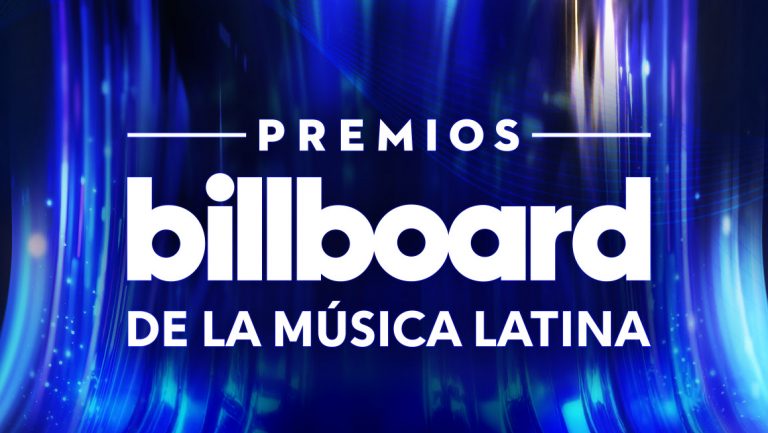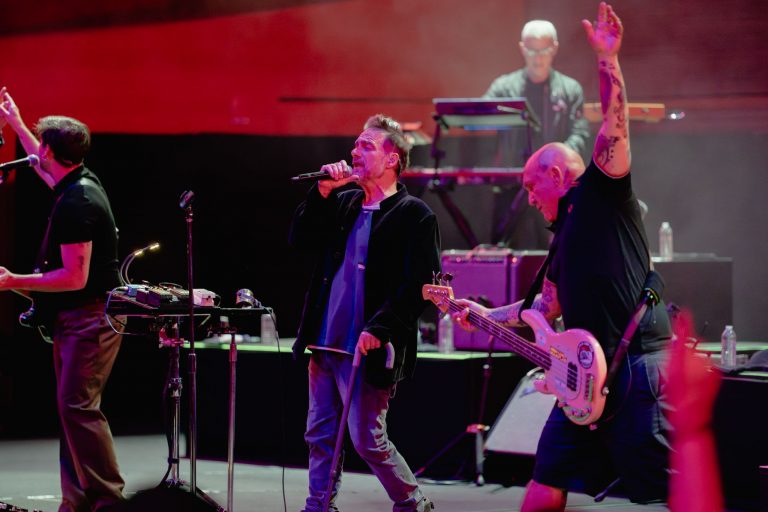LOS ANGELES, CA – June 18, 2025 – As digital trends continue to reshape the music landscape, a significant pivot is underway, focusing on the “superfan economy” as a critical revenue stream. This strategic shift comes in direct response to the persistent challenge of meager per-stream payouts that largely fail to sustain the majority of artists, prompting the industry to explore more direct and lucrative monetization avenues.
For years, the dominant narrative in music consumption has revolved around streaming, offering unparalleled accessibility to vast catalogs and a seemingly endless supply of music at consumers’ fingertips. However, the underlying economic reality for the vast majority of artists has remained stark: traditional streaming models typically yield fractions of a cent per stream. This micro-payout structure means that, for instance, a single stream on Spotify averages around $0.00318, while YouTube Music is even lower at $0.00069. While this system has democratized access to music for listeners and expanded global reach for artists, it has proven largely unsustainable as a primary income generator. Indeed, industry analyses consistently show that less than 5% of artists earn enough from streaming alone to make a full-time living. This fundamental disconnect between the booming streaming market and the financial precarity of creators has created an urgent need for a reevaluation of artist compensation models and consumer engagement strategies. The “market share model” predominantly used by major platforms like Spotify, Apple Music, and Amazon Music, which distributes revenue based on an artist’s proportion of total streams, inherently favors superstar acts, leaving the vast majority of creators struggling to break even.
In response to these systemic economic pressures, the music industry is now aggressively channeling its efforts towards cultivating and monetizing the most dedicated segments of fan bases – the “superfans.” This emerging paradigm leverages direct-to-fan (D2F) platforms and the introduction of premium streaming tiers, creating new ecosystems designed to foster deeper connections and more direct financial support for artists. This isn’t just about supplementary income; it represents a fundamental strategic shift towards building a more resilient and artist-centric economy.

Direct-to-fan platforms are becoming pivotal to this transformation. Platforms like Bandcamp, Patreon, Shopify, and OpenWav empower artists to bypass traditional intermediaries, such as labels and distributors, enabling them to retain a significantly larger share of their earnings and gain full creative and business control over their music distribution. Through these channels, artists can offer a diverse range of exclusive content, including limited-edition merchandise, personalized messages, virtual meet-and-greets, early access to new music, and even crowdfunding opportunities. This direct engagement fosters a more intimate relationship between artist and fan, transforming a passive listener into an active supporter who feels a direct stake in the artist’s journey. Early data suggests that through premium subscriptions on D2F platforms, artists are generating approximately $100,000 per 1,000 fans, showcasing the tangible financial benefits of this model.
Concurrently, major streaming services and new entrants are experimenting with or rolling out enhanced, premium subscription tiers that specifically target these highly engaged music enthusiasts. For example, Spotify is set to launch “Music Pro” at $18 per month. This super-premium service is designed to attract superfans by offering higher-quality audio (e.g., lossless formats) and early access to coveted content, such as concert tickets. This move explicitly aims to capitalize on the superfan’s demonstrated willingness to pay more for elevated experiences and exclusivity. This pivot is not just speculative; it is supported by robust financial projections. Goldman Sachs forecasts that superfan monetization alone could generate an additional $4.3 billion in revenue by 2026, highlighting the significant economic potential inherent in this burgeoning segment of the market. This creates a tiered access system within streaming, implicitly nudging the most dedicated fans towards higher-spending habits while still maintaining the broad accessibility of standard tiers.
This evolving model promises a more sustainable income stream for artists by valuing the intensity of fandom and direct financial support over the sheer volume of streams. It represents a fundamental recalibration of how value is exchanged in the digital music age, moving beyond a purely consumption-based metric to one that recognizes and rewards loyalty and deeper emotional investment. The industry consensus suggests that nurturing these dedicated communities will be paramount for artist longevity and a healthier overall economic ecosystem within music. This shift empowers artists to build more direct, resilient relationships with their audience, reducing their reliance on traditional intermediaries and fostering greater financial and creative autonomy. It signifies a profound redefinition of how success is measured, expanding beyond mere stream counts to encompass the depth of fan engagement and direct monetization.
As consumer habits continue to fragment across diverse digital channels, and the economic challenges for artists persist, the ability to identify, engage, and monetize the superfan represents not just an incremental revenue opportunity, but a potential lifeline for artists seeking a viable career path in the streaming era. This strategic emphasis on direct fan engagement is poised to redefine the relationship between creators and their most ardent supporters, signaling a durable shift in the music industry’s economic foundation that promises a more equitable and artist-friendly future.







